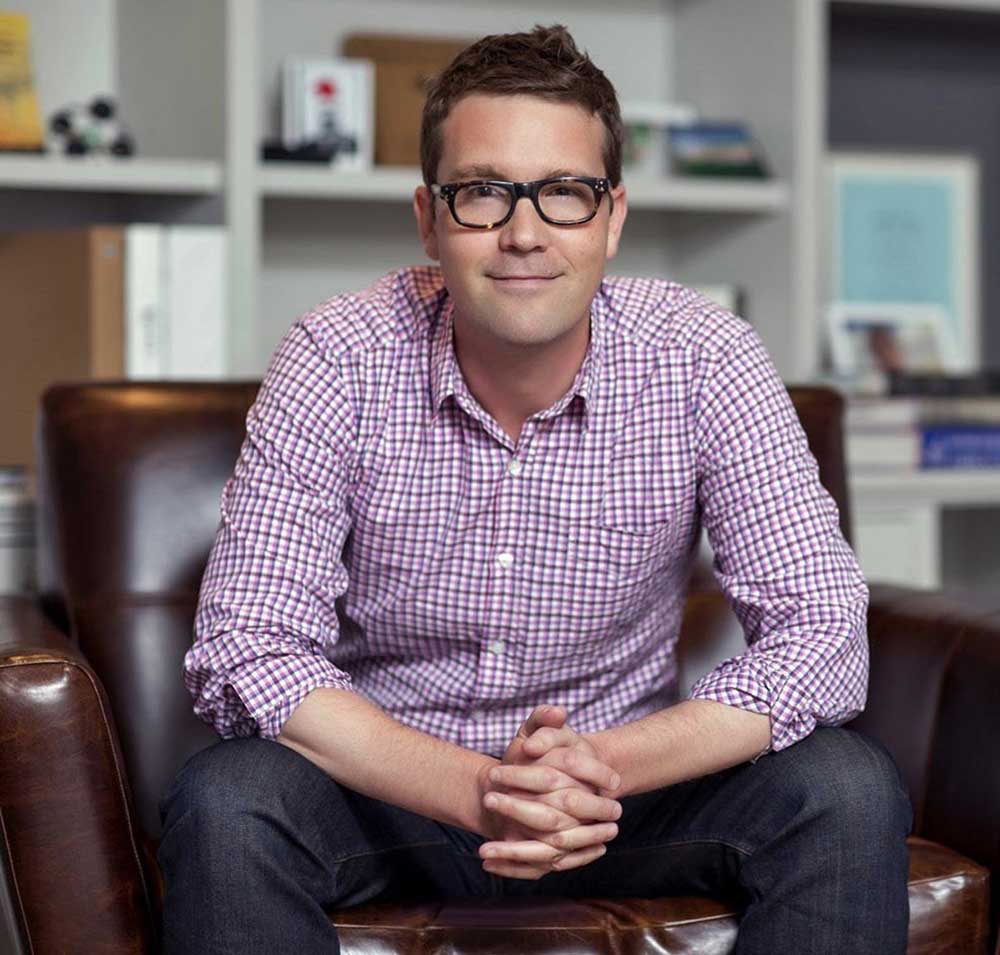’Manhattan’ traces a culture of secrecy
Published 12:00 am Thursday, July 31, 2014

- Courtesy WGN America / McClatchy-Tribune News ServiceSam Shaw is the creator and executive producer of “Manhattan,” the tale of the creation of the atomic bomb.
SANTA FE, New Mexico — A secret city has sprouted in the scrubby hills of northern New Mexico, its inhabitants charged with carrying out a crucial mission.
Men wearing fedoras with the brims pulled low rush past women with hair swept into 1940s “victory roll” styles, their high heels clattering on boardwalks. Army Jeeps zoom past in a cloud of dust. Somewhere a voice cries out: “Action.”
These people aren’t toiling away on the construction of a big bomb that will alter civilization forever. Instead, they’re part of an effort to find TV’s next big hit.
WGN America is hoping to work out the right formula with “Manhattan,” a fictionalized retelling of the U.S. race to build the atomic bomb at the top-secret laboratory in Los Alamos during World War II. The so-called Manhattan Project resulted in two bombs of unprecedented destructive power dropped on Japan in August 1945, ending World War II and ushering in the atomic age.
The historical record, already retold in books and documentaries, is filled with fascinating real-life characters, from the brilliant but controversial physicist J. Robert Oppenheimer, who led the scientific quest for the nuclear bomb, to the imperious Gen. Leslie Groves, the Army engineer who oversaw the construction of a clandestine worksite that eventually employed thousands but was known simply as the Hill.
“Manhattan,” filmed on location on the outskirts of Santa Fe, about a half-hour drive from Los Alamos, is using all of that as a backdrop for the story behind the story, however. It’s about how webs of secrets and lies, some official and others personal, preyed upon project scientists and their families. The dramatic focus is on two fictional characters, volatile veteran scientist Frank (Broadway veteran John Benjamin Hickey) and whiz kid Charlie (Australian newcomer Ashley Zukerman), along with their inquisitive wives (Olivia Williams and Rachel Brosnahan).
Executive producer Tommy Schlamme, a director best-known for his work on NBC’s “The West Wing,” joined the project after realizing the dramatic potential. “I’m a history buff, and I did not know the story,” Schlamme said. “I knew the story of Oppenheimer and Groves … but I had no idea about the story of the wives. I knew it was a secret city, but I didn’t quite know how it stayed a secret city.”
Of course, TV, unlike nuclear physics, is not a science. WGN America (owned by the Tribune Co., which also publishes the Los Angeles Times) is hoping to build on the original programming push it started with “Salem” and become a full-fledged cable network.
But audiences are fickle, and historical dramas generally tend not to tap into the same fierce viewer loyalty reserved for genre series, such as HBO’s “Game of Thrones” or AMC’s “The Walking Dead.” Plus, this is a tale that would seem to have a definitive endpoint, once the bombs level Hiroshima and Nagasaki.
But the “Manhattan”-ites say that’s precisely the point: It’s too soon to gauge the full impact of what unfolded at Los Alamos. The war ended; the bomb goes on.
As Hickey described his character’s irony, “I’m building a destroyer of lives in order to save lives.”
That echoes Oppenheimer himself. “We knew the world would not be the same,” the scientist recalled 20 years after the bombs exploded.
Shaw’s original idea was not to write about the 1940s at all. His father, a retired criminal defense attorney, took on pro bono cases for the post-9/11 detainees at Guantanamo Bay.
“As you might expect, I had a thousand questions about what that experience entailed for him,” said Shaw, who previously worked on Showtime’s “Masters of Sex,” about pioneering sex researchers Masters and Johnson. “He could answer basically none of them” because of security concerns.
Intrigued, Shaw began researching a contemporary project that would deal with themes raised by terrorism and national security. But he found it difficult to write about that subject without more historical distance.
“Along the way, I did a lot of reading and research about the security state and the military industrial complex in America,” he said. “What I began to discover was that all of those roads lead back to the New Mexico desert. The story of the birth of the bomb was sort of the origin story of a lot of the really thorny political questions that we’re trying to figure out now.”
But he soon decided that the best way to tell the story was through invented characters rather than real-life scientists, such as Richard Feynman or Robert Christy, who cast a long shadow at Los Alamos and long afterward.
“What our hope was, was that we capture something of the emotional truth of the time without feeling like we are forensic accountants who are making sure that (the facts) are exact,” Shaw said.






